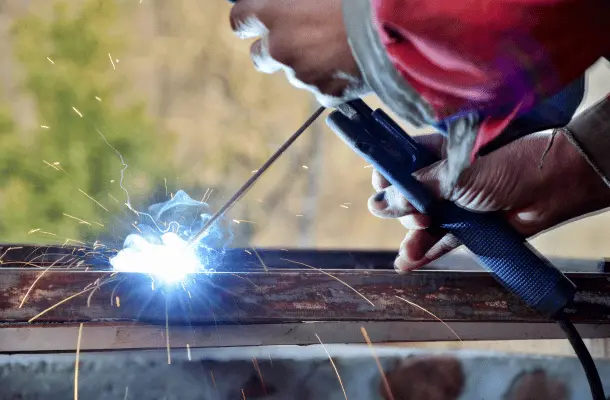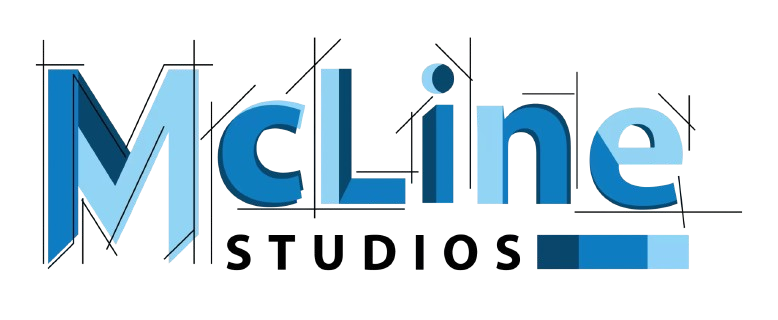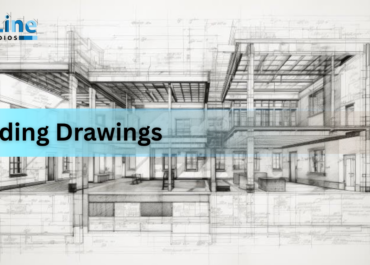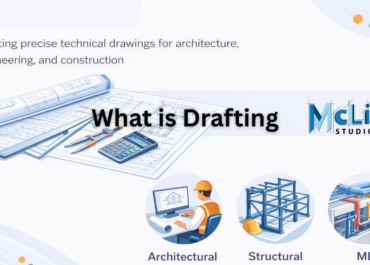Imagine you’re putting together a complex piece of furniture. The basic instructions give you an idea of what it looks like but fabrication shop drawings would help you to show every screw, joint, and panel needed to build it perfectly.
Fabrication shop drawings are like detailed blueprints that serve as an important bridge between design concepts and actual construction. These technical documents provide manufacturers and fabricators with the specific information needed to build or assemble components for a project.
These shop drawings are generally created by fabricators, draftspersons, or architects. These shop drawings make sure that all parties involved in a project are on the same page, reducing errors and miscommunications. Let’s understand more about the fabrication shop drawings.

Elements Of Fabrication Shop Drawings
Manufacturing and construction industries generally use fabrication shop drawings. This helps in meeting design specifications. The key elements of fabrication shop drawings include:
- Title block: These drawings contain essential information like the project name, drawing title, drawing number, date, scale, and the name of the drafter.
- Material Specifications: Fabrication shop drawings include lists of the materials required, including types, grades, sizes, and finishes. It makes sure the right materials are used in fabrication.
- Dimensions: It provides precise measurements for all parts, including length, width, height, and any critical tolerances.
- Views and Sections: These drawings include various views (e.g., top, side, isometric) and cross-sectional details to provide a complete understanding of the component.
- Assembly Instructions: It should include details on how different parts should be assembled, including the order of assembly and any special techniques or tools required.
- Welding and Fastening Details: Fabrication shop drawings specify welding types, sizes, locations, and symbols, along with the type and size of bolts, screws, or other fasteners.
- Notes and Specifications: These drawings should consider additional instructions, special requirements, or clarifications that are not covered elsewhere in the drawings.
- Revisions and Change Orders: A record of any changes made to the drawings after the initial release, including the date and description of changes.
Different Types Of Fabrication Shop Drawings
These are detailed documents that guide the production and assembly of components in various industries. They provide precise instructions to ensure that parts are manufactured correctly and fit together seamlessly.
Here’s a breakdown of the different types of fabrication shop drawings:
Steel Fabrication Drawings
These drawings are used in projects involving steel structures, such as beams, columns, and frames. They show the exact size and shape of steel components, along with details on welding, bolting, and other connections.
The drawings also include information on the type of steel to be used, coatings, and any treatments needed to prevent rust. Accurate steel fabrication drawings confirm that the components are strong and fit together correctly.
Millwork Fabrication Drawings
These drawings focus on woodworking projects, including custom cabinetry, furniture, and architectural woodwork. They include dimensions, materials, finishes, and joinery details. Every piece of wood, from cabinets to moldings, is shown with exact measurements to make sure it’s cut and assembled correctly.
The drawings also specify hardware like hinges, knobs, and handles. Precision is key in millwork to ensure everything fits perfectly and looks aesthetically pleasing. Millwork shop drawings help avoid errors and waste during production.
HVAC Fabrication Drawings
These are used in the production of heating, ventilation, and air conditioning systems. HVAC drawings show the layout of ducts, vents, and units, along with details on materials, insulation, and connections.
They also specify the size of the ducts and the airflow requirements. These drawings are essential for creating systems that efficiently control the temperature and air quality in buildings.
Rebar Fabrication Drawings
These drawings are used to produce and place steel reinforcing bars (rebar) in concrete structures. They show the rebar’s size, length, and bending shapes and how they should be placed within the concrete.
The drawings also specify the spacing between bars and any overlaps needed. Rebar fabrication drawings are crucial for making sure that concrete structures are strong and can support the required loads.
MEP Fabrication Drawings
These drawings integrate mechanical, electrical, and plumbing systems into a single coordinated layout. Combined MEP coordination drawings demonstrate how to install the HVAC, electrical, and plumbing systems within the building.
They highlight potential clashes where systems might overlap and offer solutions to avoid these conflicts. The Shop drawings verify that all systems have enough space and are installed in a logical, organized manner.
The Final Part
To sum it up, fabrication shop drawings are like super detailed blueprints that help people build things correctly. They’re important because they show exactly how to make and put together different parts of a project. These drawings include lots of information, like what materials to use, how big everything should be, and how to connect the pieces.
There are different types of shop drawings for various industries. Steel drawings show how to make metal structures, millwork drawings are for woodworking projects, HVAC drawings help create heating and cooling systems, rebar drawings guide the placement of metal bars in concrete, and MEP drawings combine mechanical, electrical, and plumbing plans.
These detailed drawings are really helpful because they confirm that everyone working on a project understands what to do. They help prevent mistakes, save time and money, and make sure the final product turns out just right.




